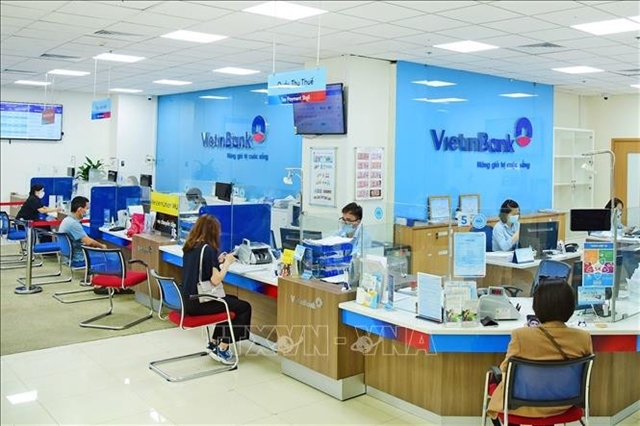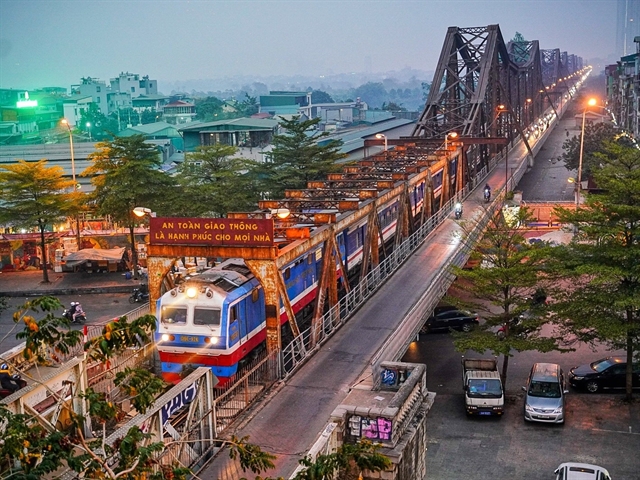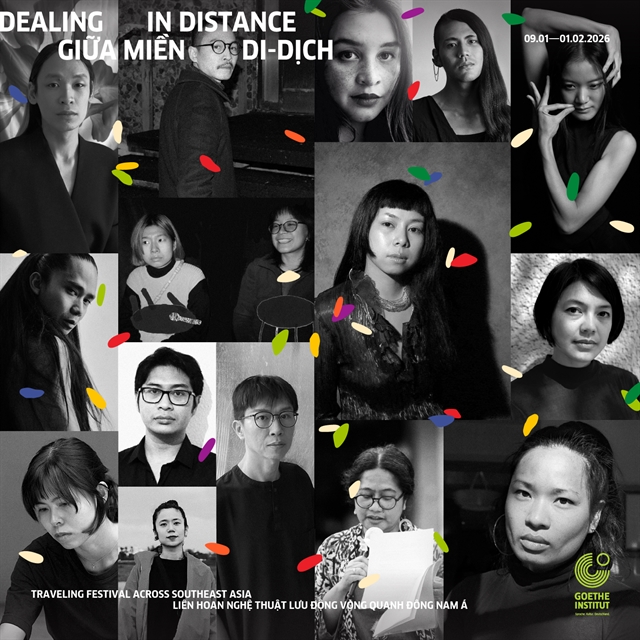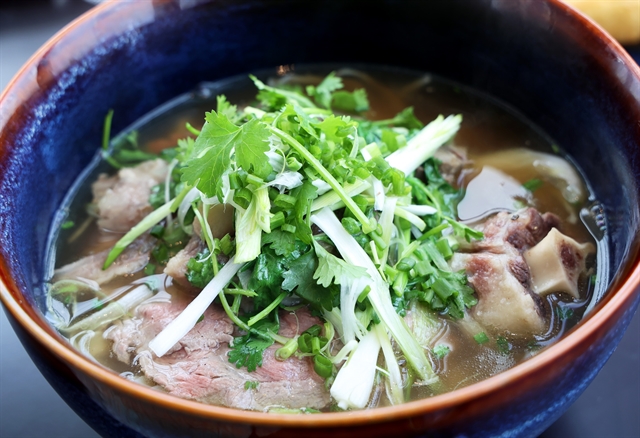 Life & Style
Life & Style
Tasting delicious phở on the highest building in Việt Nam
Phở (noodle) is served every corner of Việt Nam and now it is now available on Việt Nam’s tallest building, the Vinpearl Landmark 81 in HCM City.
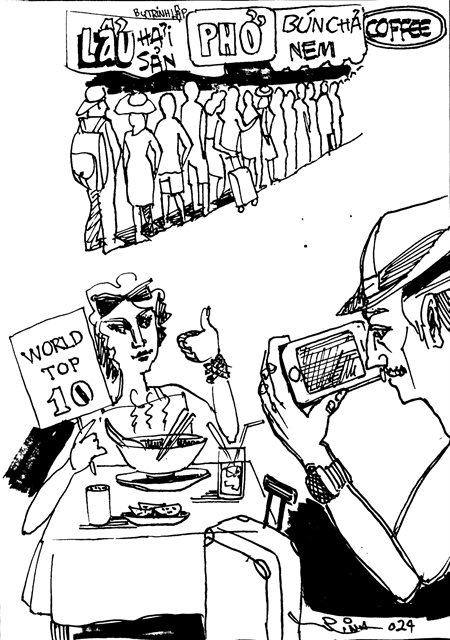 |
| Illustration by Trịnh Lập |
By Mỹ Hà
It seems every week that the food in Việt Nam wins a culinary prize somewhere. The latest place to make headlines is Hồ Chí Minh City, the southern metropolis of close to 9 million people.
TimeOut UK ranked the city fourth among the world’s top 20 culinary destinations. It deserves it.
As the country's biggest rice granary that feeds a greater part of the population, rice grown in the Mekong Delta is exported the world over. But growing rice only won’t make a region a culinary haven. It’s the people who live there that do that.
The southern city, sometimes still referred to as Sài Gòn -- its former name -- is a melting pot for not only Vietnamese who head to the city from all corners of the country, but also Vietnamese of Chinese descent, and the Chăm and Khmer, people of different ethnicities from the Northwest or the Central Highlands.
Over the past 30 plus years, the booming economy, and migration of people from different regions to the city have made it a real haven for food supplies, trends and flavours.
With bustling business activities, the flow of money and travelling people, the city means it offers everything from culinary staples to food art and Michelin-starred eateries.
One good side to the country being at the acme of food fashions is that it gets people to talk and come to visit.
The not-so-flattering side is that this quick flame can burn or sweep away, as trends, by definition, are not long-lasting.
Many years ago, I would freak out upon reading a phở review in The New York Times that described it as a popular noodle soup to be consumed with tofu and several herbs.
Today, even with a national phở day and a phở festival in Nam Định Province, no one can set the record straight.
Phở in the North and South may bear the same name, but they are two entirely different things.
Even in Hà Nội today, some phở shops serve sweet basil and mung bean sprouts as a side dish to add to a beef phở.
Phở with roasted duck, or pork roast and intestine sausages, or sour phở, which are from the northern mountains, can be ordered for delivery any time in Hà Nội now.
And not only in Hà Nội, a market in downtown Prague, the capital of the Czech Republic, has been serving bamboo shoot pickles as a side dish to phở for a long time now.
And the phở storm that travels the world has also been transforming into something beyond recognition, which yours truly would refuse to even call phở (check out Page 20 for more musings on what makes authentic Vietnamese food).
A recent cooking session on UK TV even told people how to sear a half-an-inch thick steak with crispy edges to top a bowl of phở, with any type of noodle to your liking, including egg or glass noodles. Treason!
The Vietnamese diaspora around the world may have had to make do with limited ingredients in the past if they wanted some flavours. But with today’s commerce that’s no excuse, and you can have all authentic ingredients to make the best phở possible outside of Việt Nam.
To be honest, it irked me to hear that my friend had her best beef phở in Australia and best free-range chicken phở in Belgium.
My friend later explained that Australian beef and bones are superb, so make the great broth. As for the fresh noodles, they can buy them from a local Vietnamese store.
In Japan, a Vietnamese company now produces fresh phở noodles every day, with Japanese standards, and supplies all phở shops and supermarkets.
In Hà Nội, we have to accept machine-cut phở noodles, which are too narrow and not so good as fresh hand-chopped ones.
If our local traditional phở houses do not get together in some kind of professional guild or association, then someday they won’t even be able to compete with international phở, which will have better broth, thanks to advanced cow-rearing practices, fresher noodles and fragrant organic herbs. Let’s pray that day will never come.
Let’s hope that Hồ Chí Minh City will maintain the significance of a dish we all can definitely call phở. VNS
